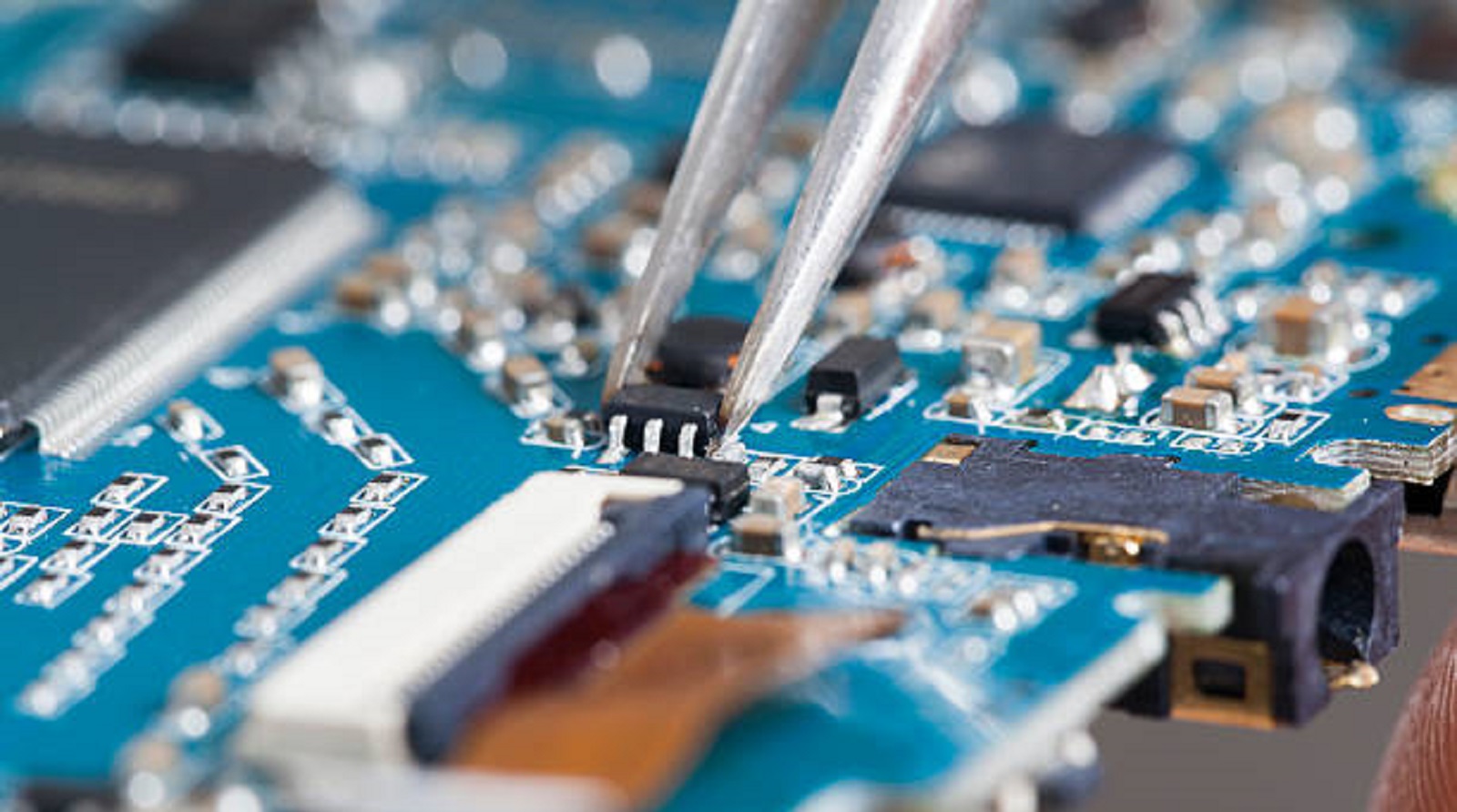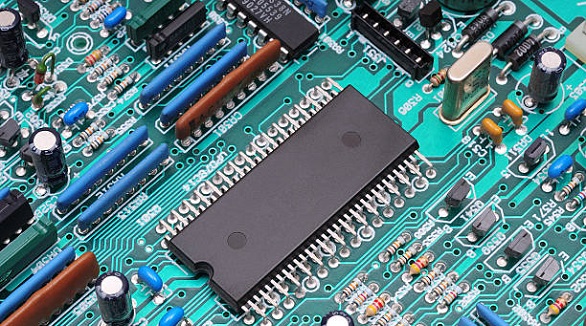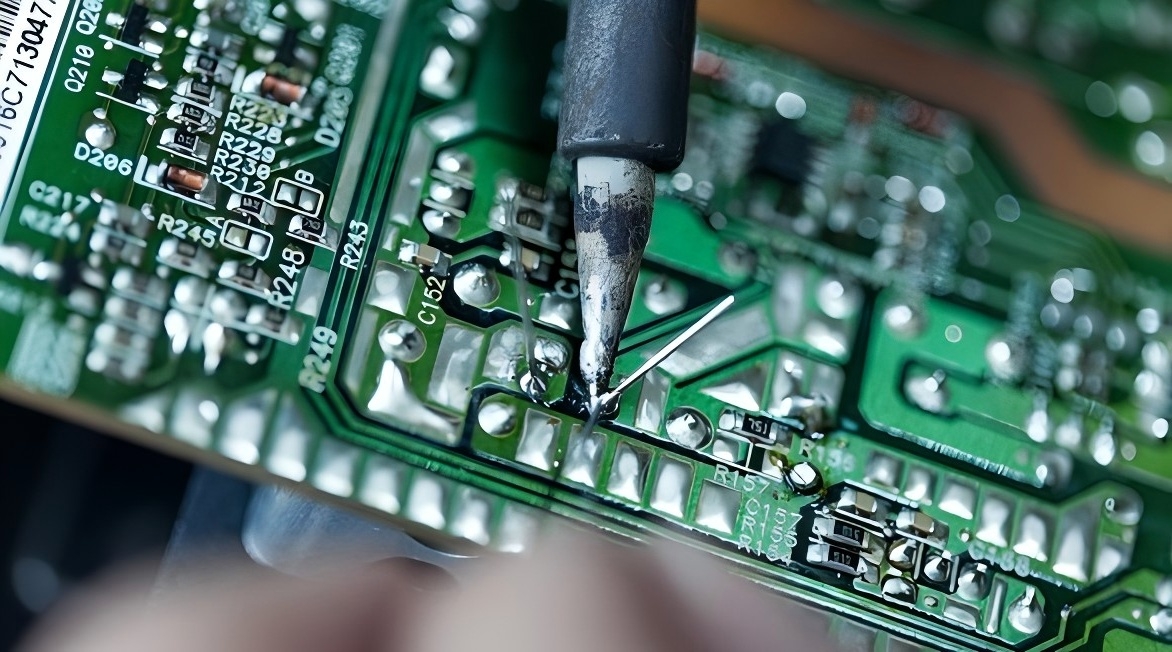How to Guarantee SMT Production Quality
Ensure SMT quality through detailed design, supplier rigor, and process controls, enhanced by testing and continuous improvement for reliable, defect-free products.
SMT has emerged to be the leading force in assembling electronic products, which is primarily considered a process for efficiency and the capacity to support highly compact and complex electronic designs. With the growing complexity of SMT, we at PCBX believe there is an associated set of challenges that make this robust solution defect-free to avoid quality pitfalls. The key is meeting these challenges head-on: high yields and reliability associated with ensuring defect-free products that perform admirably long after delivery. This guide covers strategies and best practices in detail to attain the highest quality in SMT production.
Design Stage Controls
Quality assurance in SMT manufacturing starts at the design stage, where problems can often be solved most efficiently:
DFA Analysis: DFA conducted at the initial board layout provides ample opportunity to find and eliminate problems in manufacturability. Some of the issues to be taken care of are component spacing, optimizing placement sequence, incorporating test points, and making sure access is good for inspection and rework. Refining the design to enable error-free SMT assembly will prevent many common problems from surfacing at the time of assembly.
Process Capability Assessment: This is one of the key activities during engineering prototyping to confirm the selected manufacturing facility's ability to satisfy all the design specifications. Confirm whether the factory is capable of supporting specified component sizes and pitches, solder joint size control, warpage, and placement accuracy for mixed technology boards.
Supplier Management: Set up strict supplier qualification procedures for all critical materials such as PCBs, components, and solder paste. Statistical controls and incoming inspection tests will ensure that the materials are to specified quality levels, thereby preventing downstream quality issues and providing a sound basis for reliable SMT assembly.

Quality Planning
A quality plan detailing all points of inspection should be developed along with the SPC metrics, standards, and controls based on a thorough design and process risk analysis. The quality plan is a roadmap that describes how all manufacturing quality activities should be conducted to meet overall objectives and standards.
Incoming Quality Control
Strong incoming quality control acts as a very important first line of defense against defects entering production:
Components: Certificate of compliance shall be required from trusted suppliers and sample inspections to be conducted for marking accuracy and physical conditions. Employ X-ray inspection for detecting concealed defects such as broken wire bonds.
Solder Paste: The use of solder paste is managed by using a first-in-first-out inventory system and tracking its condition relative to specified temperature logs. Routine viscosity tests verify the solder paste is within operational limits.
PCBs: Verify PCBs to approved netlists for compliance to design data. Use AOI for the rapid detection of surface defects.
Stencils and Tooling: Check regularly for dimensional accuracy of CAD models and perform microscopic inspections for blockages or damage to ensure accurate deposition of solder paste.
SMT Manufacturing Process Controls
Rigorous controls in manufacturing are necessary to ensure quality:
Solder Paste Printing: Align PCBs and stencils optically using a vision alignment system. The printing parameters, such as speed and pressure, should be monitored to keep them within the process limits. Clean the stencils regularly to avoid defects due to blockages.
SMT Pick-and-Place: Check feeder setup to make sure that every component has the proper placing, and nozzles check for debris/wear on an hourly basis. Employ SPC in maintaining placement speed, force, and accuracy to reduce the possibility of tombstoning and misplacement.
Solder Reflow: Profile ovens for consistent thermal performance. Thermocouples monitor temperature zones, and conveyor speeds should be maintained with consistency. Immediately after reflow, AOI verifies that all solder joints have been correctly formed without defects, such as bridging or insufficient wetting.
Conformal Coating: Ensure coatings on the boards are applied, coverage and cure checked for verification, including SPC thickness measurements to protect against environmental damage.
Automated Testing
Extensive end-of-line testing checks assembly integrity:
In-Circuit Testing (ICT): all test points correctly capture data with regards to validating electrical functionality;
Functional Testing: Verifies that assembled boards meet operational criteria, performing as intended in real-world applications.
Boundary Scan Testing: Provides extensive coverage of component integrity, detecting issues otherwise missed by standard tests.
First Article Inspections
Perform comprehensive first article inspection to confirm manufacturing setup and process capability regarding any new design; this shall include:
Dimensional checks against CAD models to verify hardware alignment.
Visual inspection.
X-ray inspection of solder joints and wire bonds.
ICT/functionality tests to validate electrical performance.
Cross-section and analysis of solder joints to confirm the process parameters.
First-article approval creates a strong benchmark against which future production should be measured for quality standards.
In-Process Quality Monitoring
Continuous checking along with metric evaluation gives good, actionable feedback on the following points:
Statistical Process Control: Utilize real-time data related to solder paste volume and placement accuracy for early deviation detection and their correction before those go out of hand.
Process Audits and Traceability: Regular audits of operator techniques, program versions, and equipment setups assure consistent quality. Provide traceability by tying serialized product data with production metrics for quick response to any quality events.
Automated Optical Inspection (AOI)
Utilize AOI systems at various points to identify visual defects. Extend quality control using both 2D and 3D AOI tools to capture comprehensive defect data.
Failure Analysis and Defect Reduction
When defects occur, introduce structured failure analysis practices such as
Defect Reporting and Root Cause Analysis: Categorize defects by stage of occurrence and by process parameters. Apply 5 Whys and Fishbone diagrams for root cause analysis to pinpoint the origin of the defects and introduce corrective actions on those causes.
Corrective Actions: Update identified root causes by corrective actions in training, schedules, materials, and settings. Standardize the solution to prevent recurrence and evaluate its effectiveness through periodic reviews.
Qualification and Validation Testing
Robust testing protocols that ensure manufacturing processes and product quality, including:
HALT/HASS Testing: Provide products with accelerated life tests, approximating years of field conditions over weeks to uncover latent defects.
IPC Standard Validations: Ensure soldering acceptance, lead integrity, cleanliness, and more using the IPC-A-610 criteria.
Customer-Specific Qualification: Test protocols in concert with industry-specific requirements, whether for automotive standard AEC-Q000, aviation RTCA DO-160, or military MIL-STD-883.
Supplier and Subcontractor Management
Stringent controls are maintained over suppliers:
Block unapproved sources through approved supplier lists.
Require certificates of compliance for all deliveries and utilize rigorous dock-to-stock quarantines.
Conduct pre-award source inspection of high-risk suppliers.
Regularly audit and score suppliers, taking action on those who do not perform well.
Clearly spell out specifications to minimize ambiguities. Shift emphasis from inspection to prevention.
Continuous Improvement Strategy
Institute a philosophy of continuous improvement to continually improve quality:
Data Analysis and Idea Generation: Analyze yield data and defect patterns to determine the most critical process improvements. Create an environment of idea generation through Kaizen and Lean methodologies to drive grassroots improvements.
Implementation and Feedback: Standardize solutions into updated procedures and training. Measure the impact of implemented changes to ensure they realize desired improvements, refining the process over time.

SMT quality and reliability are ensured by dint of scrupulous controls at every stage, from design to testing, supplier management, and process optimization. Rigorous verification at each step, further assisted by effective defect analysis and continuous improvement, ensures that SMT production at PCBX is of premium quality and reliability. This may require commitment and collaboration at all levels, but the reduced costs and enhanced reputational gains make it a worthy investment. At PCBX, we’re proud to uphold these principles, ensuring our clients receive superior and dependable electronic assemblies crafted to excel in any application.
Hot Tags:
Contact us

If you can't find what you're looking for, please contact us.
Article

SMDs enhance compact, efficient PCB designs, streamline production, and boost performance in electronics by enabling high-density layouts and automated assembly.

SMD offers stability and control in PCBs, ideal for high-density uses. NSMD provides flexibility and stronger joints, better for mechanical tolerance.

The article introduces the SMT (Surface Mount Technology) assembly process and future trends. Key steps include solder paste printing, chip mounting, reflow soldering, cleaning, inspection, and rework. Future trends highlight fast, flexible systems, green practices, and high-efficiency, intelligent systems. SMT's potential revolutionizes electronics manufacturing with wide industrial applications.
